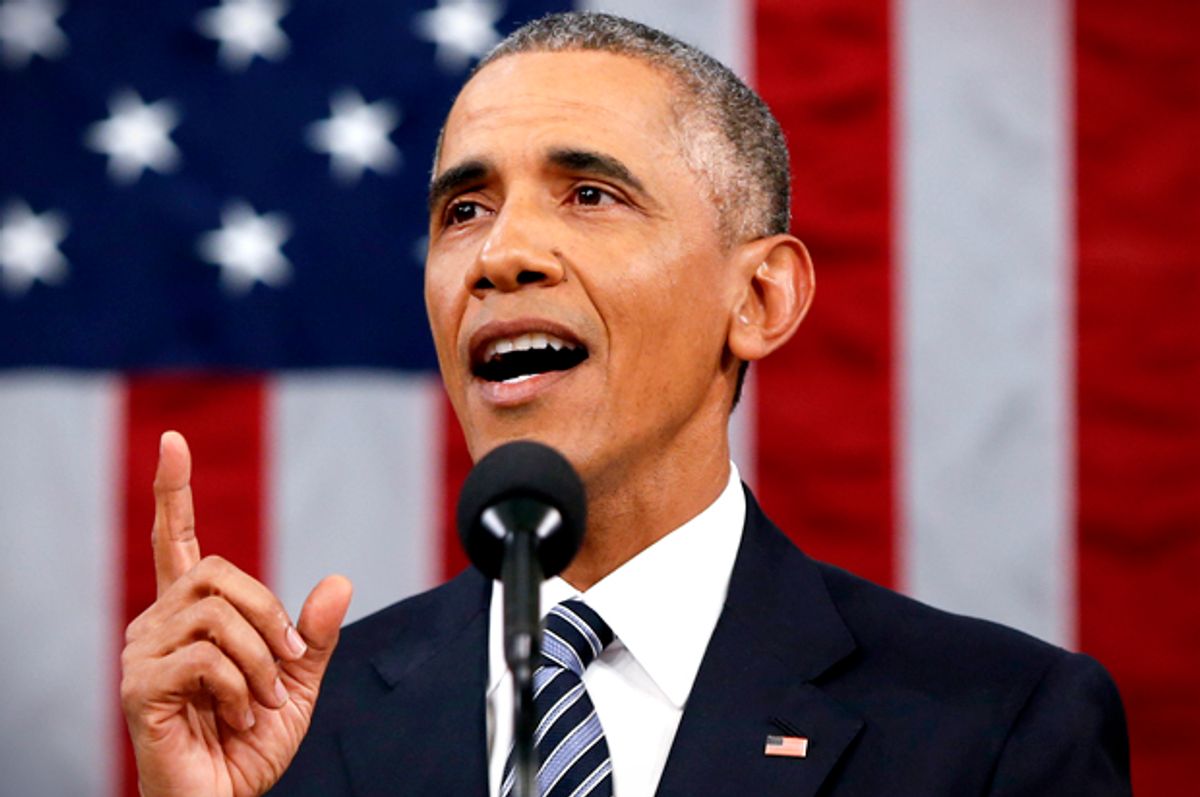
That’s really the basis of this leadership style. The best way to understand transactional leadership is to think of a typical transaction: I give you this, and you do this in return. However, be aware that you’ll see different experts define these buckets differently. These styles are based on the findings of several well-known leadership researchers (such as Karl Lewin, Bernard M. Here’s the good, bad, and the ugly on eight common, “textbook” approaches to leadership. Knowing your current approach gives you a baseline that you can use to identify the improvements you need to make.Ĩ Different Leadership Styles (and Their Pros and Cons) And in order to be effective, you have to understand exactly where you’re starting from-as well as where you want to go. Put simply, to have an impact as a leader, you need to be an effective one. Knowing your leadership style can help you align that whirlpool with your vision, goals, and even your organization’s mission and vision.” “Our leadership style is a whirlpool of our values, our natural strengths and abilities, our beliefs and experiences. “Bringing awareness allows you to take ownership and responsibility,” adds Tara Padua, executive coach, entrepreneur, and startup advisor. “Understanding how you lead and want to lead will give you a better sense of control over the size and scope of your reach and impact,” explains Joyel Crawford, a Muse career coach and leadership development consultant. Why Is it Important to Understand Your Leadership Style?īefore we jump right into the nitty gritty, there’s one critical question that needs to be answered: Why the heck do leadership styles matter? So, don’t write off these approaches as something that don’t apply to you just because you don’t have a C-suite role. They’re also moments when your own leadership qualities and style will bubble to the surface. Those are opportunities for you to fulfill a leadership role and be looked to as an example. Maybe you’re spearheading an important cross-functional project or you have to host a meeting. But make no mistake-having that seniority isn’t a prerequisite.Įven if you’re not managing a team on a daily basis, you might still have to step into a leadership role from time to time. That might mean someone who’s the designated head of a department. Yes, that means you, too.įundamentally, a leader is somebody who influences or guides other people through their own actions and behaviors. Those might be the traditional perceptions, but it’s important to recognize that anybody can be a leader. What’s your answer? Someone who’s in a formal position of power? Whoever’s ranked above you on the org chart? The person with the corner office and the higher salary? Read on to find out why understanding your own approach matters, to get a breakdown of eight common leadership styles-along with their pros, cons, identifying characteristics-and to learn how you can change your leadership style.

They all have their benefits and drawbacks, as well as their appropriate uses in certain scenarios. There are numerous styles of leadership that aren’t inherently good or bad-they’re just different. But here’s the thing: Leadership style isn’t always so straightforward. Yes, those are two drastically different kinds of management.

And maybe there was also that manager who was so critical, they made you wonder if you were even qualified to handle the afternoon coffee runs. Maybe there was that former boss who made you feel supported and inspired. When we think about different types of leaders, it’s tempting to group them into just two categories: good and bad.


 0 kommentar(er)
0 kommentar(er)
